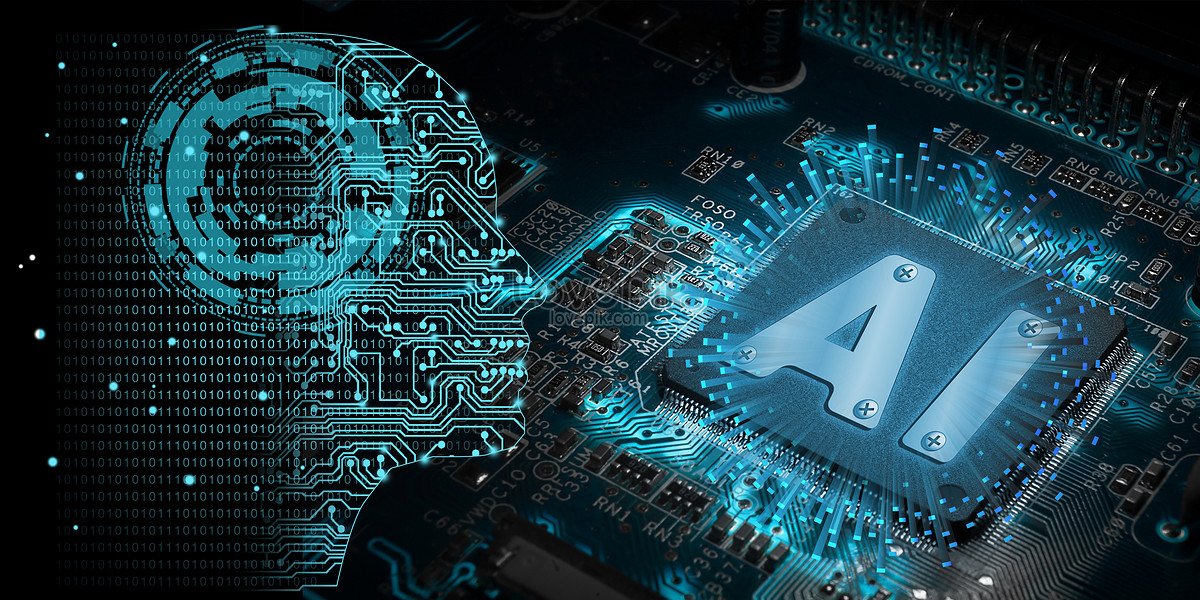The rapid advancement of artificial intelligence (AI) technology, spearheaded by companies like OpenAI and supported by giants such as Microsoft, underscores a growing concern in the tech industry: the enormous appetite for computational resources. The discussion around AI’s potential to revolutionize industries, from customer service to software development, often overshadows a critical challenge—the voracious demand for processing power.
Key Highlights:
- AI technologies, including ChatGPT, require vast amounts of computing energy, raising questions about the sustainability and cost of AI research and deployment.
- Microsoft’s collaboration with OpenAI has led to significant investments in supercomputing to support the development and deployment of AI applications.
- The computing power needed to train AI models is increasing at a pace seven times faster than before, highlighting a surge in resource requirements for new AI breakthroughs.
The Scale of AI’s Computing Demands
The collaboration between OpenAI and Microsoft illuminates the scale of computational resources needed for AI. OpenAI’s CEO, Sam Altman, has highlighted the “eye-watering” compute costs associated with running ChatGPT, indicating the financial and environmental implications of AI development. This partnership has led to the development and deployment of specialized systems and supercomputing at scale, aiming to accelerate OpenAI’s research in AI technology and enhance Microsoft’s Azure AI infrastructure.
The Exponential Growth in Computing Power
The demand for computing power to train AI models has seen a dramatic rise, doubling every 3.4 months since 2012. This growth rate is substantially faster than historical trends, where computing power doubled approximately every two years, aligning with Moore’s Law. Such an exponential increase underlines the escalating costs and complexity of achieving AI breakthroughs, as well as the environmental impact associated with the carbon emissions from deep learning computations.
Challenges and Opportunities
The escalating computational requirements for AI pose significant challenges, particularly in terms of sustainability and accessibility. The trend towards larger, more complex models necessitates unprecedented levels of processing power, emphasizing the need for innovative solutions to manage these demands. However, this also opens opportunities for advancements in supercomputing and the development of more efficient AI-optimized hardware, potentially driving breakthroughs in both AI capabilities and environmental sustainability.
OpenAI’s developments, particularly with models like ChatGPT, have been monumental, driving a surge in computing requirements. This has prompted significant investments in supercomputing infrastructure, notably through collaborations with Microsoft, to support AI research and application development. The partnership aims to enhance Azure’s AI infrastructure and facilitate the global deployment of AI applications, highlighting the necessity of supercomputing at scale for AI’s progression.
Intel, on the other hand, is pivoting its strategy to better compete in the AI chip market against giants like Nvidia and AMD. Intel’s forthcoming “Falcon Shores” chip, slated for release in 2025, is designed to cater to the growing needs of AI models, featuring 288 gigabytes of memory and supporting 8-bit floating point computation. This chip is part of Intel’s broader effort to reclaim its stake in the AI market, following delays in its previous AI chip, Ponte Vecchio. Intel’s strategy includes a shift from combining GPUs and CPUs to offering discrete options, allowing for a more flexible platform-level choice between various components and vendors.
These efforts by OpenAI and Intel highlight the tech industry’s response to AI’s increa
The intersection of AI development and supercomputing reveals a critical aspect of modern technological innovation: the balance between advancing AI capabilities and managing the resources those advancements require. While the potential of AI to transform industries is vast, the underlying challenge of its computational demands remains a pivotal issue for researchers, developers, and policymakers alike. As AI continues to evolve, finding sustainable solutions to this challenge will be essential in unlocking its full potential without compromising our environmental or economic health.



















